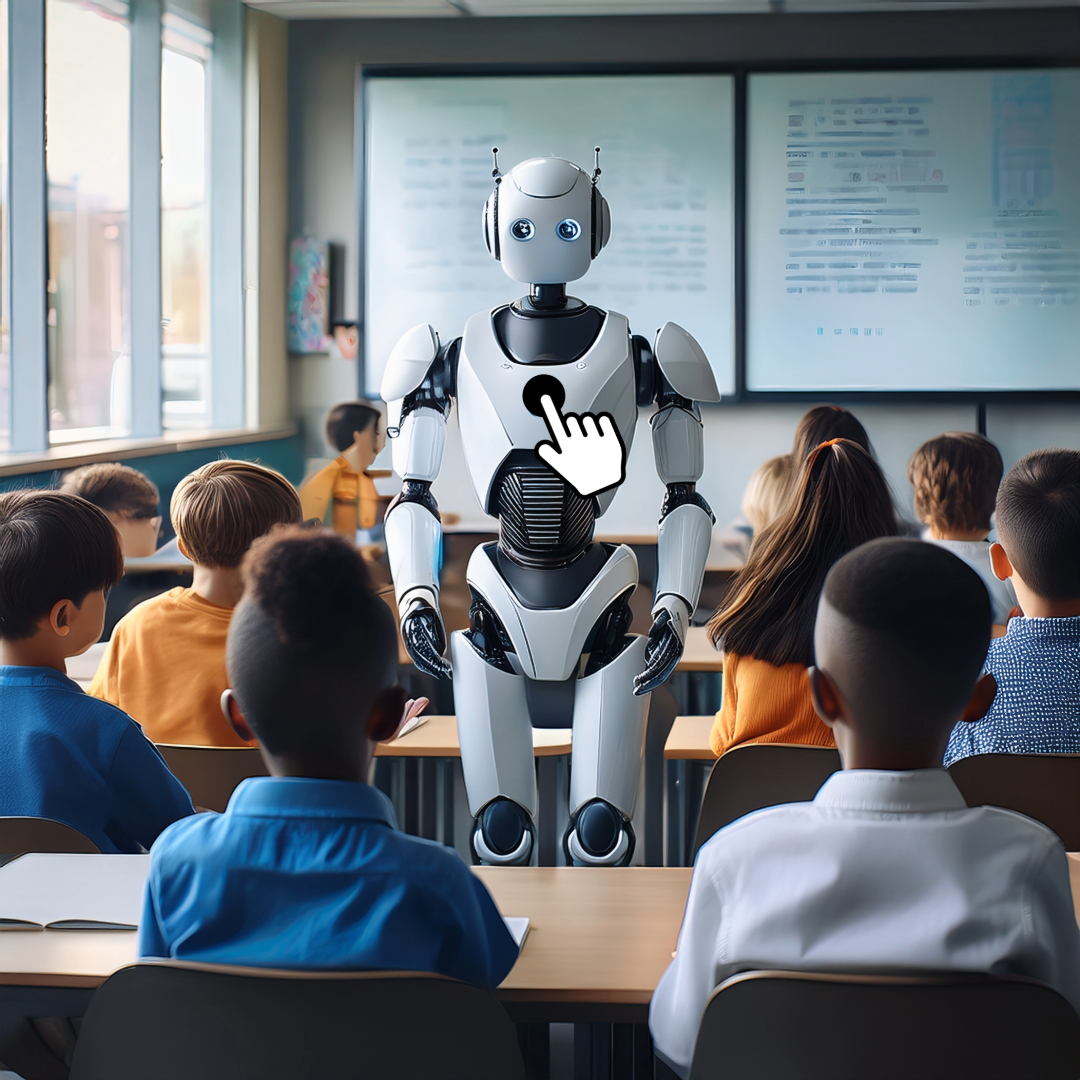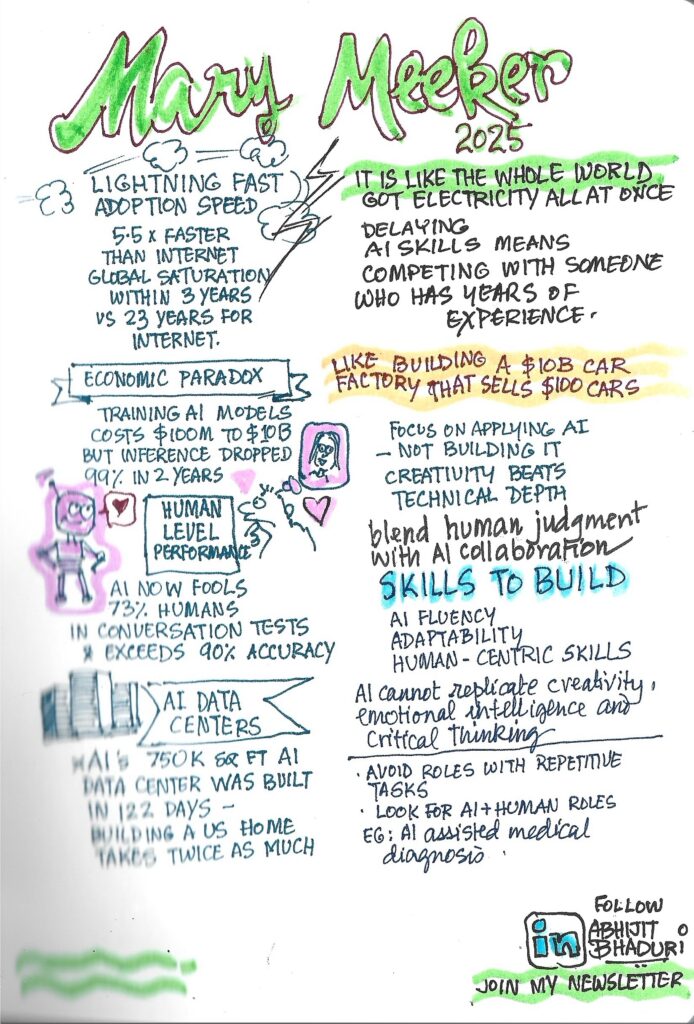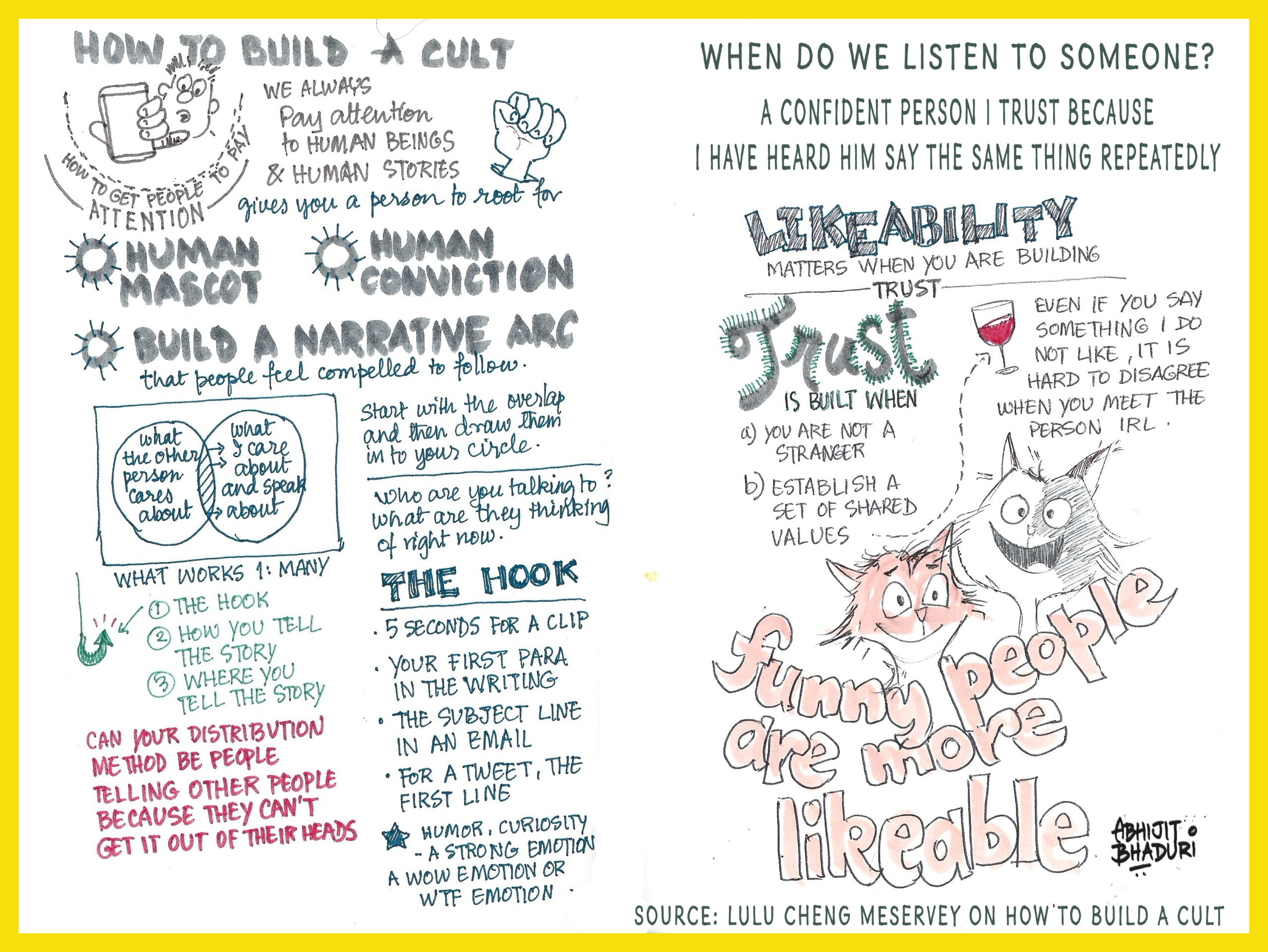
The AI Revolution: What Mary Meeker’s 2025 Report Means for Jobs & Skills
Speed of Adoption Beyond Comprehension
Perhaps the most startling finding is the sheer velocity of AI adoption compared to previous technologies. ChatGPT reached 90% of its current international user base in just 3 years, while the internet took 23 years to achieve the same global penetration. This isn’t just faster adoption—it’s adoption at a completely different scale. The report shows ChatGPT growing from 6 million to 800 million users in just 17 months, an 8x increase that dwarfs the growth patterns of any previous technology.
Even more remarkable is the global simultaneity of this adoption. Unlike the internet, which started in the USA and gradually spread worldwide, AI tools like ChatGPT launched globally and grew across all regions at once. This means that competitive advantages and disadvantages are forming in real-time across the entire planet, with no geographic buffer zones.
The Great AI Paradox: Expensive to Build, Cheap to Use
The report reveals a fascinating economic contradiction at the heart of AI development. Training costs for frontier AI models have increased approximately 2,400 times over eight years, with current models costing around $100 million to train and future models expected to cost $10 billion or more. Simultaneously, the cost to actually use these models has plummeted 99.7% in just two years.
This creates an unprecedented business dynamic where enormous upfront investments are required to create products that become essentially free to consume. NVIDIA’s latest Blackwell GPU uses 105,000 times less energy per token than its 2014 predecessor, making AI inference incredibly efficient.
AI Surpassing Human Performance
The report documents AI systems now consistently fooling humans in conversation tests, with 73% of people unable to distinguish AI responses from human ones in recent studies. On academic benchmarks, AI systems have surpassed the generally accepted human performance level of 89.8% accuracy. This isn’t just about chatbots becoming more convincing—it represents AI crossing into genuinely human-level cognitive territory across multiple domains. And yes it is passing the Turing Test.

Infrastructure Transformation at Breakneck Speed
Perhaps most shocking is the pace of physical infrastructure development. The report highlights xAI’s Colossus data center, which went from an empty factory to a fully operational facility with 200,000 GPUs in just 122 days. For context, this is half the time it takes to build an average American house (234 days). The facility covers 750,000 square feet—equivalent to 418 average homes—yet was constructed in a fraction of the time needed for a single residence.
Career and Skills Implications
The Great Divergence in IT Employment
The data reveals a stark bifurcation in the job market. AI-related IT jobs have grown 448% since 2018, while non-AI IT jobs have declined 9%. This isn’t just a temporary shift—it represents a fundamental restructuring of the technology workforce. The message is clear: professionals who don’t integrate AI into their skill sets risk being left behind.
Enterprise Focus on Growth, Not Cost-Cutting
Contrary to popular fears about AI eliminating jobs to cut costs, the report shows that 75% of global enterprises are using AI tools primarily for revenue growth and productivity enhancement rather than headcount reduction. This suggests opportunities for workers who can leverage AI to create value rather than simply replace human effort.
The Rise of AI-Augmented Professionals
The report shows that 72% of employed Americans using AI tools report that these tools help them do things more quickly and improve work quality. This points toward a future where the most valuable professionals aren’t those who can do everything themselves, but those who can effectively collaborate with AI systems to achieve superhuman results.
The Three Biggest Ideas Every Student Must Understand
1. The Lightning-Fast Global Race: AI as the New Electricity
The Big Idea: AI adoption is happening simultaneously worldwide at a speed that makes previous technology revolutions look glacial.
The Everyday Metaphor: Imagine if electricity had been invented not just in one city, but had appeared instantly in every city around the world on the same day, with everyone immediately understanding how to use it. That’s essentially what’s happening with AI tools like ChatGPT. Unlike previous technologies that spread gradually from early adopters to mainstream users over decades, AI tools are being adopted by hundreds of millions of people across all continents simultaneously.
Why This Matters for Students: There’s no “safe harbor” period to wait and see how things develop. The competitive advantages and career opportunities are being established right now, in real-time, across the entire global economy. Students who think they can wait a few years to engage with AI tools will find themselves competing against peers who have been using these tools effectively for years.
Action Implications: Start experimenting with AI tools immediately. Learn how ChatGPT, Claude, or other AI assistants can enhance your studying, research, and project work. The students who graduate having spent four years learning alongside AI will have a massive advantage over those who ignored these tools.
2. The Economics Paradox: The Most Expensive Technology to Build, The Cheapest to Use
The Big Idea: AI represents the most capital-intensive technology development in human history, yet it’s becoming virtually free for end users.
The Everyday Metaphor: Imagine if building a car factory cost $10 billion (which it doesn’t), but once built, that factory could produce cars for essentially the cost of materials—maybe $100 per car instead of $30,000. That’s the AI economics model. Training a single AI model now costs hundreds of millions of dollars, but using that model costs fractions of a penny per interaction.
This creates a winner-take-all dynamic similar to social media platforms, but even more extreme. The companies that can afford the massive upfront investments will offer services so cheap that smaller competitors can’t match them. Meanwhile, the cost savings are so dramatic that any business or individual not using AI tools will be at a severe cost disadvantage.
Why This Matters for Students: This means AI capabilities will become ubiquitous and essentially free, like search engines or email today. The value won’t be in accessing AI, but in knowing how to use it effectively. It also means that career paths in AI won’t necessarily be about building the core technology (which requires massive resources), but about applying it creatively to solve problems.
Action Implications: Focus on learning how to prompt, direct, and collaborate with AI systems rather than trying to understand their underlying technical mechanics. Think about how AI could transform whatever field you’re planning to enter, rather than trying to become an AI engineer yourself.

3. The Great Acceleration: Work Itself is Being Redefined
AI isn’t just automating existing tasks—it’s fundamentally changing what work means and how value is created.
The Everyday Metaphor: Think about how smartphones didn’t just replace phones, but created entirely new categories of work (app developers, social media managers, gig economy platforms). AI is doing something similar but more profound—it’s like having a brilliant research assistant, writer, analyst, and creative partner available 24/7 for free. Jobs aren’t just being automated; entirely new forms of work are emerging that couldn’t exist without AI collaboration.
The report shows that developers using AI tools are processing 50 times more data and creating applications at unprecedented speeds. This isn’t just efficiency improvement—it’s a fundamental expansion of what’s possible for individual humans to accomplish.
Why This Matters for Students: The most successful careers won’t be those that avoid AI, but those that creatively combine human judgment, creativity, and emotional intelligence with AI’s computational power. The students who learn to be “AI whisperers”—those who can effectively direct and collaborate with AI systems—will have capabilities that seem almost superhuman compared to those working without these tools.
Action Implications: Whatever field you’re entering, start imagining how AI could be your collaborator rather than your competitor. If you’re studying business, learn how AI can enhance market analysis. If you’re in creative fields, explore how AI can amplify your creative output. If you’re in sciences, understand how AI can accelerate research and discovery.
Conclusion
Mary Meeker’s report reveals that we’re not just witnessing another technology cycle—we’re living through a fundamental transformation in how intelligence is created and applied. The speed of change is unprecedented, the economics are paradoxical, and the implications for work and careers are profound.
For students and young professionals, the message is clear: this isn’t a distant future to prepare for someday. The AI revolution is happening now, globally, at breakneck speed. The students who embrace this reality and learn to thrive in an AI-augmented world will have opportunities that previous generations couldn’t even imagine. Those who ignore it risk being left behind in a rapidly transforming economy.
The choice isn’t whether AI will reshape your future career—it’s whether you’ll be an active participant in that reshaping or a passive observer watching others seize the opportunities.
Read more
TECH CRUNCH
Mary Meeker’s AI Report, in 10 Revealing Charts – LinkedIn
AI Trends 2025: Key Insights from Mary Meeker’s Report – LinkedIn


